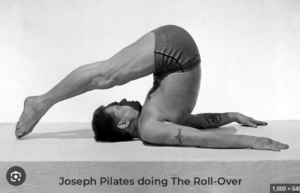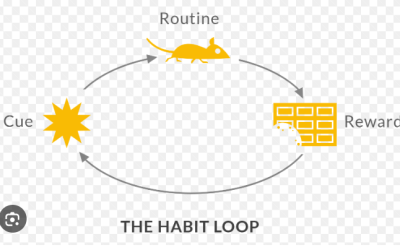‘’Hello. It’s me. I was wondering if after all these years you’d like to meet.’’
Adele of course wasn’t talking about the post – covid years, but if the sentiment fits, I’ll happily use it.
A whole new hybrid world
2023 is turning out to be a year of two different ways of working for me – those who want to continue having training delivered to them via zoom, and those who want the old school experience, aka in person.
For some, the move to the virtual world of work has been welcomed with open arms – virtual ones of course.
For others, it has been more of a polite handshake – I see the need for you, and to be fair you are effective and efficient in your way.
For whoever is left, living in a virtual world has been something they have been dragged to, kicking and screaming. Where are the people? they beg in desperation as they try in vain to make eye contact with someone across the zoom-o-sphere.
I’m going to focus on present times for the rest of this piece, but first a nod to pandemic times and what zoom meant for us then. Yes, back once again to pandemic times ; I know you’ve tried hard to block it out, but history needs revisiting to understand the present. We are making a quick visit only.
In March 2020, in the space of a very confusing and anxiety – inducing week, all my work fell off a cliff. Many have a similar story of that time. I had a brief spell of hopelessness, and then decided to introduce my technology-phobic mind to zoom. And the rest, as we all know, is history. We all decided to march together to that newest of frontiers – the virtual space, where everyone was the same size, no one could make eye contact, being on mute was an occupational hazard, and breakout rooms were surprisingly fun.
Jump forward to present day, April 2023, and the world, big sigh of relief, is open for business again. Handshakes are back, as too are visible smiles and locking eyes. The world is allowed to court itself once more. We can leave the house, fully dressed, and be the social species that we innately are once again.
And yet, there are varying degrees of hesitation and reluctance to fully embrace ‘’the way we were’’ once again. There are plenty of personal, and individual reasons why remaining online makes sense.
I’m going to focus on the business case, as I see it, from my own clients, my own work in delivering training and my research.
The business case for hybrid working
Why do companies, when they can return to offering training and upskilling in glorious techni-colour, chose to continue in the black and white of the virtual space?
Because it is efficient, I hear. It is easier to arrange an in- company training if the only logistics required are to create a zoom link. It is much more time and cost effective for the company to organise. It is also easier for the participants who now have no travel and can jump on in the comfort of their home office. (assuming everyone has the luxury of a home office)
Because it is effective, I hear. But they are not like for like, the in person and online experience. One is a substitute for the other, not a replacement. The level of effectiveness depends on what you want from the training. If you want high levels of participation, of interaction and engagement with the content and others, then online is limited in its effectiveness.
I do both ways of training. I have learned to do online reasonably well, but it will never replace the energy, engagement, and educational value of an in person training experience.
The effort and reward of in – person
Recently, I drove a 6 hour round trip to Athlone to deliver Unconscious Bias training. That was a bit of a mission of a drive to be fair. But the 7 hours I spent in a room with two different groups of people, sharing ideas and facilitating opinions and discussion was absolutely invigorating. There is no way that online can replicate the fizzle of energy that is created by people being in a room together, engaging with ideas, discussing opinions, sharing learning and challenging thinking. I jumped back into my car that evening quite literally buzzing with the energy of being in a room of people who had fully engaged and interacted with the learning.
You just don’t get that from online training. You can achieve a degree of it for sure. I have learned how to draw as much engagement and interaction from the online learning platform as possible, to make the most of the tool and its functionalities.
Making hybrid work for training
And don’t get me wrong, there is absolutely a case to be made and a space to be carved for online training. But I believe it works most effectively as a blended approach. In fact I am working on a programme with a company where I deliver 4 days of training per programme, and the first day is an in person one, and the other three are online. And this works well. How? Well because we are using that first day to build those important face to face connections so that when we transition to the online space, we all understand one another a little better, and we have created that psychological safety that is fundamental to them then working well together in virtual teams.
Alvin Toffler, a thinker in the 1980s said :
The illiterate of tomorrow won’t be those who can’t read and write, but those who can’t learn, unlearn and relearn
We learned very quickly together how to continue living and working during pandemic times in a virtual space. Maybe it’s time, post pandemic necessity, to unlearn our dependence on an efficient but ultimately second rate way of working and learning, and relearn what is truly great about being in person.



